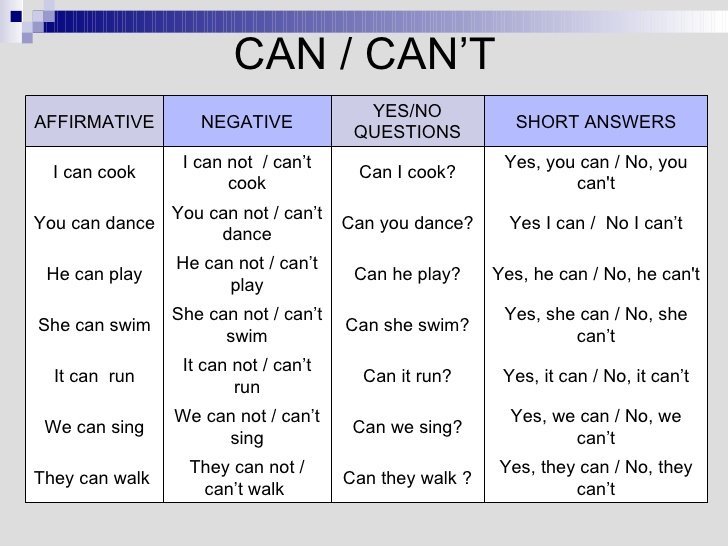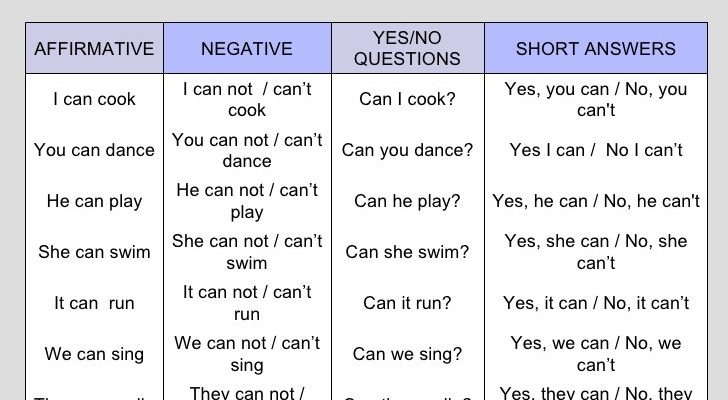
The E1 error code isn’t just a random display of numbers and letters. It’s your refrigerator’s way of communicating. Think of it as the appliance sending you a text message: “Hey! I might have a temperature sensor issue here.” The E1 code typically signals a problem with the refrigerator’s thermistor, a small but vital component responsible for temperature regulation. Ignoring this message might not be the best move because it can lead to bigger issues down the line, such as inefficient cooling or even spoilage of your precious groceries. Now that we’ve set the scene, let’s dive deeper into what this error code entails.
Understanding the E1 Error Code
Understanding what the E1 error code represents is key to knowing why you shouldn’t ignore it. The E1 code is indicative of a temperature sensor fault. This sensor, known as a thermistor, is like the thermostat in your home; it tells the refrigerator when to cool down or when to stop cooling. If it malfunctions, it’s like having a broken thermostat — your refrigerator might not cool properly, leading to warm milk and melted ice cream.
Why does this happen? Well, a variety of reasons can cause the thermistor to fail. Sometimes it’s due to normal wear and tear; other times, it might be due to a loose connection or a manufacturing fault. Think of it as a loose battery connection in a remote control — sometimes all you need is a little adjustment or replacement to get things working again. But here’s the catch: if left unresolved, this minor sensor issue could escalate, potentially overworking your fridge’s motor and increasing your electricity bill.
So, what should you do? First, take a deep breath. You’re not alone, and this problem is not insurmountable. Your next step should be to verify the error. Check your refrigerator’s manual or the manufacturer’s website to confirm that the E1 code is indeed related to the thermistor. Once confirmed, it’s time to consider solutions rather than ignoring the problem.
Potential Solutions to E1 Error Code
Now, the big question: how do you tackle this E1 error code head-on? The first thing to try is a simple reset. You know how your computer seems to work wonders with just a restart? The same applies here. Unplug your refrigerator, wait for about 5 minutes, and then plug it back in. This could clear the error, and sometimes that’s all it takes to get things back to normal.
If the problem persists, it might be time to get a bit more hands-on. Locate the thermistor in your refrigerator; the manual or a quick search online can point you to its location. You might find that it’s just a loose wire or connector that can be easily fixed. But if you’re not comfortable doing this, there’s no shame in calling a professional. Refrigerators are complex machines, after all, and sometimes it’s best to let the experts handle it.
What if none of these seem to work? Well, replacing the thermistor might be the last resort. Though it sounds daunting, it’s a relatively straightforward task and quite affordable compared to potential energy costs or food spoilage. Replacement parts are usually available through the manufacturer or a reputable appliance parts retailer. Just think of it like changing a light bulb — you’re swapping out a small component to ensure the whole system functions properly.
Consequences of Ignoring the E1 Error
You might be tempted to brush off the E1 error code as a nuisance, but let’s explore what could happen if you decide to ignore it. The thermistor’s job is to ensure the correct temperature is maintained within your refrigerator. Without it functioning properly, your fridge could run too warm, spoiling food faster than you can say “grocery shopping.” Alternatively, the appliance might overcool, leading to unnecessary energy consumption and a skyrocketing electric bill. It’s a bit like leaving the heater on in your home all winter without a thermostat — things can get out of hand quickly.
Moreover, there’s a risk of the refrigerator’s motor working overtime, trying to compensate for the inaccurate temperature readings. This can shorten the lifespan of your fridge, akin to a car engine laboring day and night. Repairing or replacing it prematurely is an expensive hassle you’d certainly want to avoid.
Ignoring the problem might seem convenient now, but the cost in terms of spoiled food, higher energy bills, and potential repair costs far outweighs the effort needed to address the issue. Besides, who wants to risk their ice cream melting into a sticky mess in the freezer or finding moldy lettuce in the crisper?
Preventing Future Errors
So, how can you prevent future E1 errors in your trusty Whirlpool refrigerator? Regular maintenance is key. Just as you’d routinely service your car, inspecting your refrigerator can prevent minor issues from becoming costly repairs. Clean the coils at the back to ensure efficient cooling and check connections periodically. Keeping everything spick and span helps your refrigerator breathe easier and run more efficiently.
You might also consider investing in surge protectors. Power surges can sometimes fry sensitive components like thermistors. Protecting your appliance against electrical mishaps can save you headaches and money over time. It’s like putting a helmet on before riding a bike — a simple precaution that makes a big difference.
Lastly, keep an eye on your refrigerator’s performance. If you notice it’s not cooling as efficiently as before or you hear odd noises, don’t ignore them. Addressing small issues promptly can prevent them from developing into major malfunctions. And remember, your refrigerator is like a team member in your kitchen. Keeping it in top shape ensures it performs its best, just as you would with any other essential appliance in your home.
